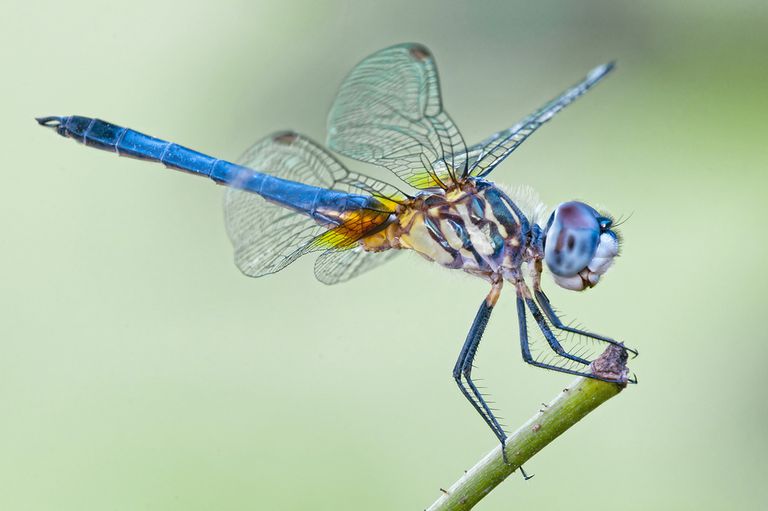As a result of climate change, dragonflies are moving further towards the north of the UK and Ireland, according to a new report. Experts from the British Dragonfly Society say it’s an indicator of the effects of climate change.
BBC reported on Tuesday that more than 40% of species have increased distribution since 1970, while only about 10% have declined. Eleanor Colver, Conservation officer said that their data can determine where dragonflies are. Though it cannot determine exactly how many are there and have they increased in numbers.
She added that factors such as the use of pesticides, water pollutant and habitat loss continue to threaten the health of dragonfly populations within species’ existing ranges. The State of Dragonflies 2021 study gathered reports from 1970 onwards and incorporates from 17,000 records to 1.4 million records. It assesses the fortunes of 46 species of dragonflies and their close relative- the damselflies- across Britain and Ireland. Species like emperor dragonfly, migrant hawker, ruddy darter, black- tailed skimmer and small red- eyed damselfly have expanded their range over the years.
According to the report, since 1995, several species have reached Britain from southern Europe for the first time- and at least two more have reappeared after long absences.
The co-editor of the report, Dave Smallshire said, “The increase in many species, if not all, we can put down to a combination of climate warming and more or better wetland habitats such as increase in the number of ponds, lakes, gravel- pits and reservoirs in recent decades.”
He added that the overwhelming message is that global climate change- and in the case of Britain and Ireland- significant climate warming is likely to have had an over- riding effect on many of these changes.
The decline of some population of insects has been a major concern of scientists. About 40% of species are undergoing are facing decline, according to one scientific review if insect number in 2019. The study says that bees, ants, and beetles were disappearing eight times faster than mammals, birds or reptiles while houseflies and cockroaches were likely to bloom.
Reference:
Picture Credits:



















































































